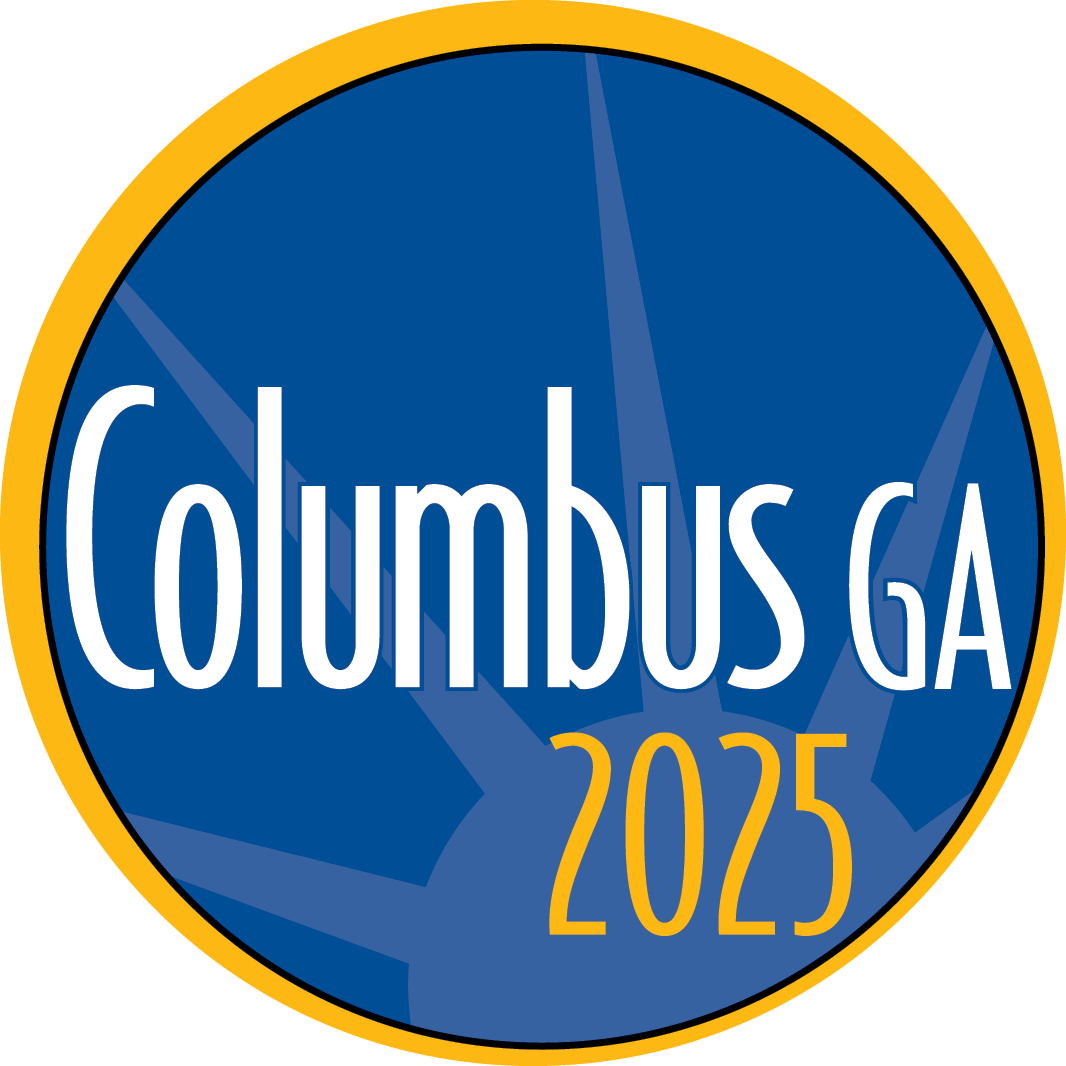Data Dashboard - Columbus MSA
323,768 Population
Population grew by 18,363 over the last five years and is projected to grow by 41,342 over the next five years.
18.5% Poverty Rate
Poverty Rate is about 1.4 times the rate in Georgia: 12.7% and the national level of 12.6%.
This dashboard is divided into three sections: Jobs, Talent & Place, aligning with our core objectives for a more competitive Columbus by 2025.
To build a thriving region, we must attract the talent needed to create jobs, increase prosperity, reduce poverty, and enhance quality of life. Understanding our region's data is essential to achieving this vision.
Columbus, GA-AL MSA is defined as the following counties:
Russell County, Alabama
Muscogee County, Georgia
Chattahoochee County, Georgia
Stewart County, Georgia
Harris County, Georgia
Talbot County, Georgia
Marion County, Georgia
28.6% Bachelor’s Degree
Percent holding a bachelor's degree or higher which compares with 35.7% in the nation.
$52,014 Median Household Income
Household income is about three-quarters of the amount in Georgia: $72,837 and the national average of $74,580.
Explore these key metrics & learn about
why they’re important to our community:
Create jobs and attract capital investment.
GOAL: Add 6,000 new direct and indirect jobs resulting in approximately $300M in new annual payroll.
Median Household Income since Columbus 2025 Implementation
Labor Force Participation Rate - Columbus MSA
Labor Force Growth Columbus (MSA) since 2010
StartUP Columbus Cohort Graduates
$2,160,550
StartUP Columbus Capital Raised by Starters
34
StartUP Columbus Businesses Incubated
Industry Snapshot
The largest sector in the Columbus, GA-AL MSA is Health Care and Social Assistance, employing 19,368 workers. The next-largest sectors in the region are Retail Trade (14,505 workers) and Accommodation and Food Services (13,824).
High location quotients (LQs) indicate sectors in which a region has high concentrations of employment compared to the national average. The sectors with the largest LQs in the region are Finance and Insurance (LQ = 1.49), Public Administration (1.35), and Accommodation and Food Services (1.26).
Attract and retain talent to grow our population and build our sustainable workforce.
GOAL: Minimum population growth of 4% by 2026.
Population Growth Columbus (MSA)
2023 Peer & Aspirational City MSA Population Comparison
Columbus (MSA) Population by highest level of education
Educational Attainment Comparison (Bachelor's Degree or Higher)
Educational Attainment since Columbus 2025 Implementation
Public High School graduation rate since Columbus 2025 Implementation
Put Columbus on the map with other top-tier southern cities.
GOALS: Elevate the Columbus brand on a regional and national level, Increase the number of visitors, Attract new residents & Attract new businesses.
Vibrant & Connected Dashboard
This dashboard was created as a project of the Columbus 2025 Initiative Vibrant and Connected Places Committee. The tool brings together a variety of data to help measure improvements to vibrancy and connectedness in the community of Columbus, GA. The information is organized into a four-part framework. After the initial release of the dashboard, in November 2019, the tool was shared with local stakeholders and made available publicly on the web.
Why are these metrics important to our community?
Marketing & Storytelling
Pace Halter
W.C. Bradley Company
Public Spaces
Rebecca Zajac
Dragonfly Trails, Inc.
Poverty Reduction
Ben Moser
United Way of the Chattahoochee Valley
Job Growth
Jerald Mitchell
Columbus GA Chamber of Commerce
Educational Attainment
Dr. David Lewis
Muscogee County School District





